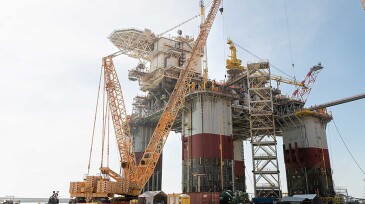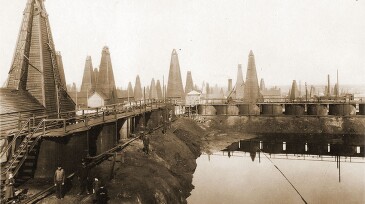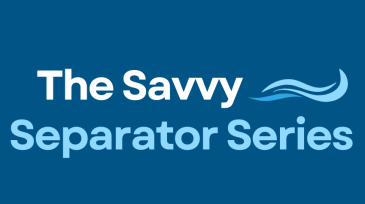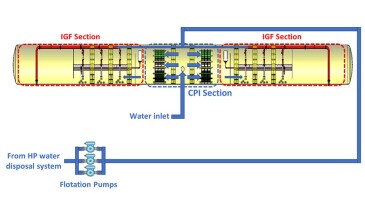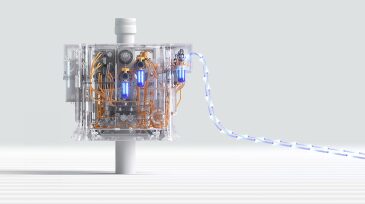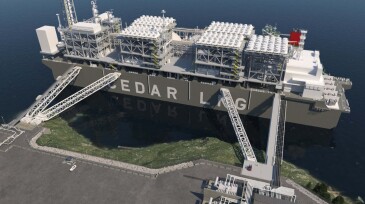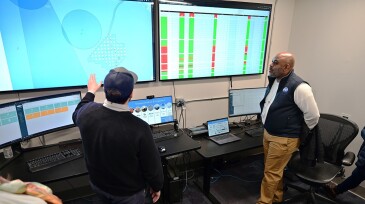Onshore/Offshore Facilities
Vår Energi ASA and partners have officially sanctioned the Previously Produced Fields Project in the Greater Ekofisk Area. The redevelopment is expected to add high-value barrels starting in 2028, extending the production life of one of Norway’s key offshore regions.
Sponsored
As HPHT wells push equipment to the edge of material limits, operators are turning to advanced thermoplastics and sealed electrical assemblies to maintain system integrity. From ESP insulation to BOP control systems, the right component design can prevent failures, lower intervention costs, and extend equipment life in the harshest offshore environments.
The new development is estimated to hold 46 million bbl of recoverable oil and is planned to start up in late 2028.
-
First three wells of deepwater Gulf of Mexico project expected to jointly produce 22,000 BOE/D to the nearby host facility.
-
Chevron recently revealed new details about its first-of-a-kind deepwater development in the Gulf of Mexico. We’ve picked some of the most interesting to share with you here.
-
As Azerbaijan prepares to host COP29, JPT looks back at how the country prospered for millennia on its largess of oil and gas and its unique geography along the ancient Silk Road that today is traversed by pipelines delivering gas and oil to Europe from the depths of the Caspian Sea.
-
The oil and gas industry has witnessed significant advancements in downhole technology. The technical papers here offer valuable insights into these developments, exploring nonmetallic downhole tubulars, collaborative ecosystems, material selection, environmental sustainability, and mechanical evaluation, showing a promising alternative to traditional steel counterpar…
-
The Savvy Separator series continues as we share case studies of troubleshooting separator problems. This article focuses on installation issues. Brief problem statements, root causes, and lessons learned are given.
-
The retrofit merged enhanced gravity separation with induced gas flotation within the same vessel. Detailed insights into the design, operation, and performance of hybrid flotation systems are provided, offering valuable guidance for similar initiatives in the petroleum industry.
-
SponsoredThe new Midstream Petroleum Engineering master's and certificate programs are groundbreaking and the first of their kind with industry-relevant curriculum, flexibility, networking opportunities, and a focus on the energy industry of tomorrow. Chart your course ahead in a bold way and secure your spot today.
-
Contractor will conduct front-end engineering of a first-of-its-kind all-electric subsea production system.
-
The project's floating LNG facility will be installed in the traditional territory of the Haisla Nation on Canada’s West Coast.
-
The Bureau of Safety and Environmental Enforcement (BSEE) recently conducted an inspection at the South Fork Wind project, the bureau’s first inspection of an operational offshore wind turbine in US waters.





